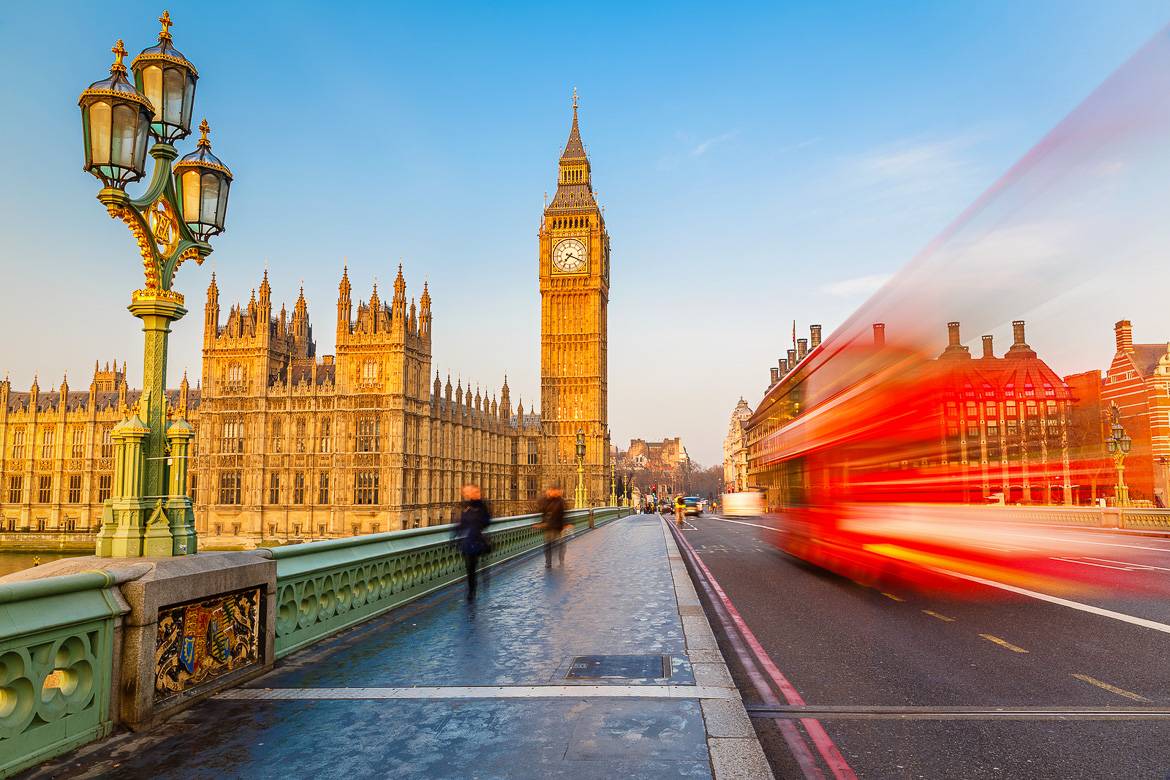
Museum donations
In London, most museums are free with request for a donation. In the exciting pursuit of learning something new, it’s easy to walk straight through the lobby to the exhibits. However, stopping to make a donation is expected and appreciated! It’s considered impolite to deny the museum a donation, and rightly so. Cultural institutions require large sums of money to remain open to the public, and money from grateful visitors is a huge help. The easy accessibility of museums to people of all classes is crucial for the betterment of society. If you have a spare pound in your pocket (that’s English currency!), consider giving it to the educational space. In the same regard, visitors who do not have money should feel free to explore the museum grounds free of charge. If this is the case for you, consider making a small donation on your next visit! For more fun things to do on a budget, read our blog on the top 10 free things to see and do in London.
Tipping in London

Tipping can be confusing in foreign countries, as etiquette differs from place to place. Make sure you know the scoop of when, where, and how much to tip in London so as not to offend your servers! In restaurants, it’s customary to leave a tip of 12-15% of the bill to your waiter. This is only if there is not a service charge added to the bill already; always double-check! Servers work hard to accommodate you, and their compensation largely comes from tips. If you are pleased with your service, consider being generous. Cab drivers should also be tipped 10-15%. In pubs and bars, it’s not customary to tip!
Electronics
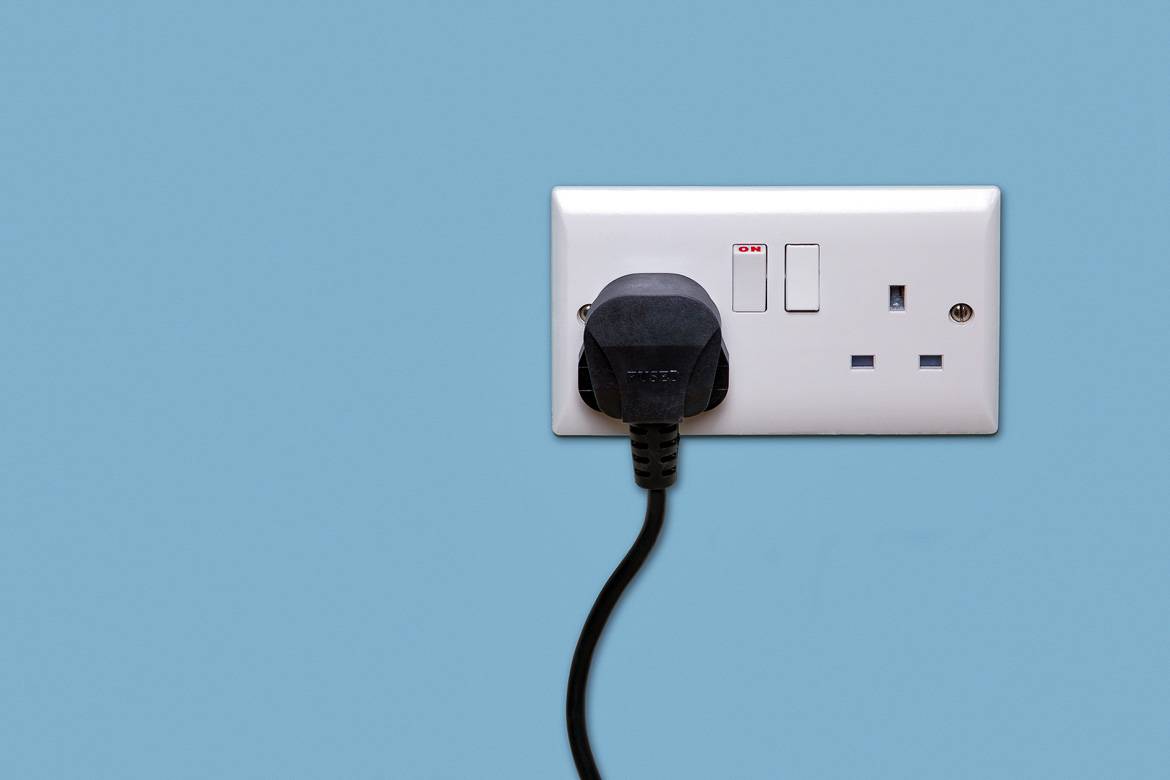
Standard voltage in London electric sockets is 220V, whereas the standard voltage in America is 120V. If you are from the U.S., your electronic devices likely will not fit in London sockets. However, it’s an easy problem to fix! You just need to buy an adaptor for your device (airport shops are an ideal place to look!), and if your electronics have a voltage capacity lower than 220V, you must also buy a converter to prevent overheating. London wall sockets also use a switch to control the power supply. Remember to turn it off when you’re done using it.
Tips for using public transportation
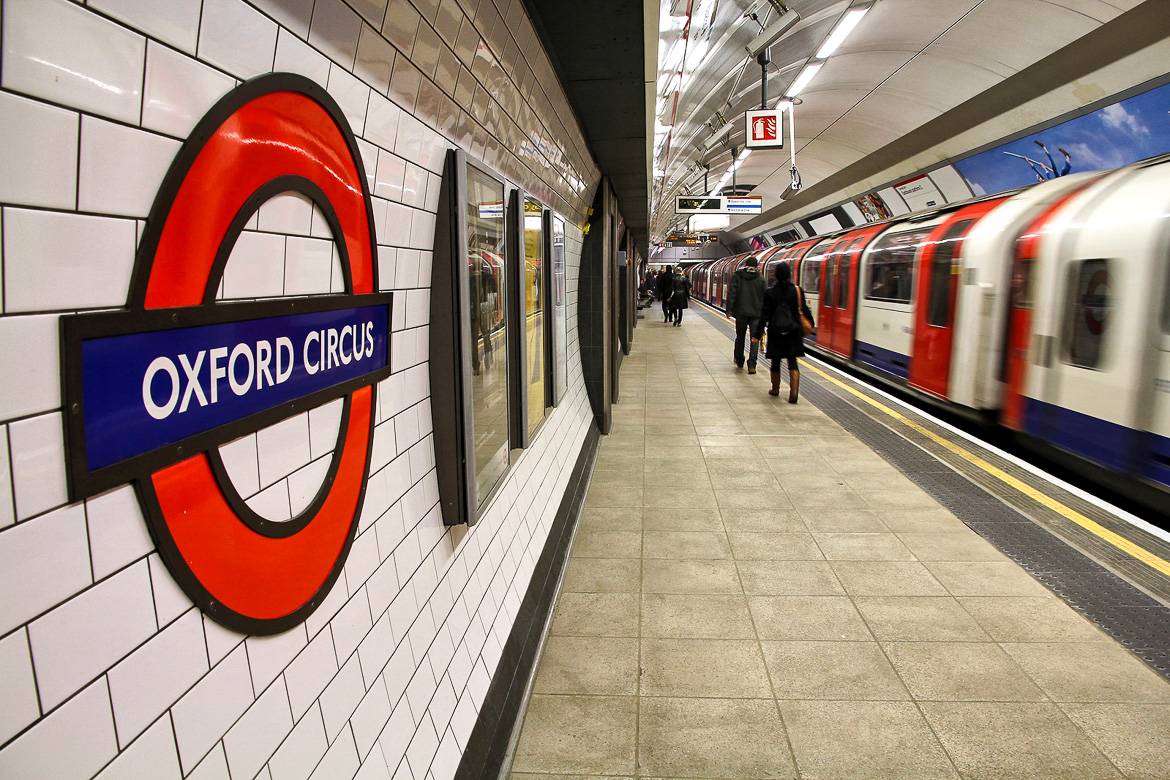
Like in any other large city, London has a set of unwritten etiquette rules for riding the tube. Always stand on the right side of escalators to let others pass on your left (locals are always rushing to work!). Also, “mind the gap” between the train and the platform so nobody gets hurt!
The tube system in London is the oldest of its kind in the world, and corridors are small. Be sure to walk quickly, mind others, and don’t stop in your tracks suddenly! Lastly, it’s important to study and learn the different train systems so travel around the city is quick and easy.
There are three types of trains you can board in London. One is the DLR, short for “Docklands Light Rail.” The DLR only serves the Docklands area from the East End to Lewisham and mostly runs above ground. It’s fully controlled by computers, not a conductor! There is also the Tube or Underground, the most well-known mode of public transportation, that serves most of Greater London. This system does have a conductor on each train, and runs underground. The third most common train is the Overground which, as its name suggests, runs above ground. It also serves most of Greater London, and all three trains accept Oystercards, a refillable electronic ticket.
Taxi etiquette
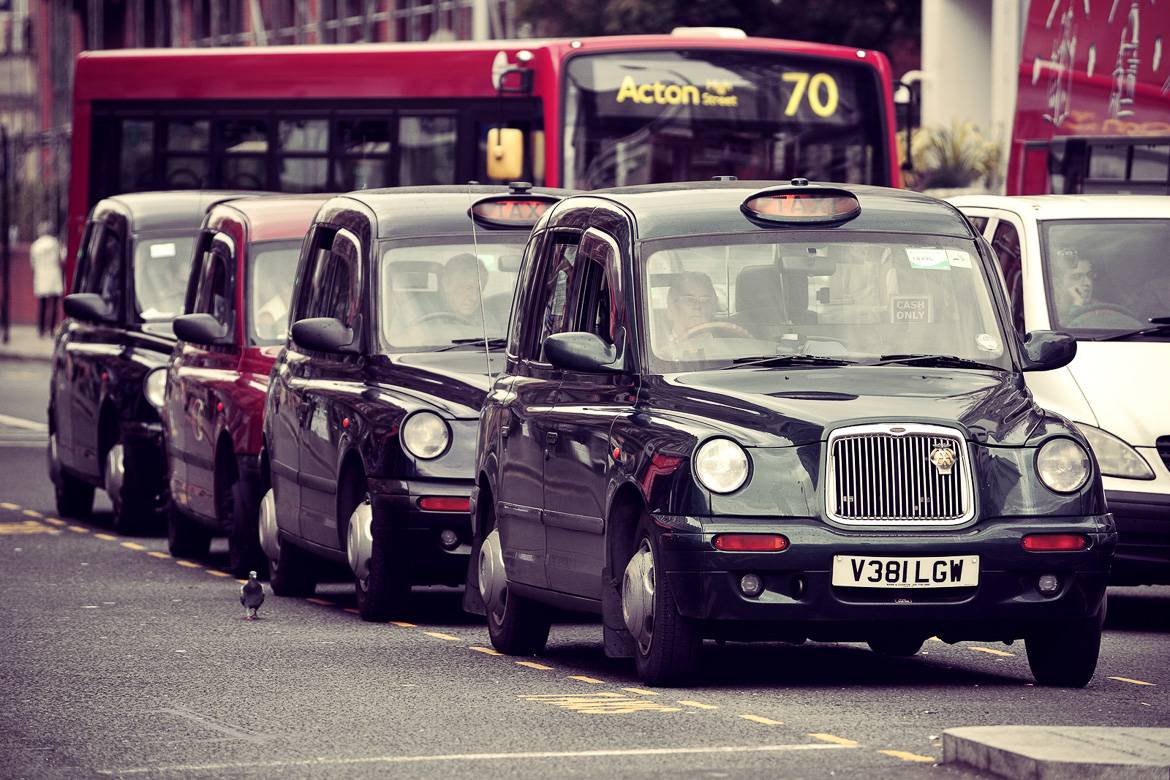
Taxi cabs are a convenient way to travel the city, so long as you do it safely. Make sure all cabs you enter are registered and licensed. Getting into an unmarked minicab is dangerous and illegal! Use London’s famous black cabs instead, or a call a reputable minicab service.
To find an available taxi on the street, look for an illuminated yellow TAXI sign on the front of black cabs (remember: cars in the UK drive on the left side of the road). In these cabs, fares are metered and start at a minimum of £2.40. Most cabs accept credit cards, debit cards, or cash for payment, but always check with the driver first! A gratuity is expected and appreciated after the ride.
Vacation rental etiquette
Always remember that the owner of your vacation rental trusts you with their own property. Treat it with respect! Be sure to clean up after yourself and obey all of the rules of the building.
Treat your temporary neighbors as if they were permanent. Courtesy is key: be mindful of noise at night, play music or watch television at a reasonable volume, and keep communal facilities (e.g. laundry rooms) tidy. Remember that though you may only be staying for a week, this is the permanent home of your neighbors and they most likely have work tomorrow! If you haven’t yet found the perfect place for your London vacation, search our London vacation rentals. Travelers staying for one month or longer may want to visit our listings of furnished apartment rentals.
Tax-free shopping
Most goods and services in London—with the exception of books, basic foods, and children’s clothing—impose a value-added tax or VAT. However, it’s possible for foreigners visiting the city to collect a refund for these purchases. To be eligible, shoppers must have spent less than one year (365 days) total in the UK for up to two years prior to the purchase, and must be departing the UK within three months. We suggest that shoppers ask for a refund form (VAT 407) upon stepping up to the register of any store. Once you’ve filled out the form and handed it back to the shop worker, it will take about 8-10 weeks for the refund to be returned to you.
If this sounds like a good deal, you may want to find the best places to shop with help from our blog about the top 5 shopping spots in London. Please note that not all stores participate in VAT and many have specific minimum purchase requirements.
Floor numbers in the UK
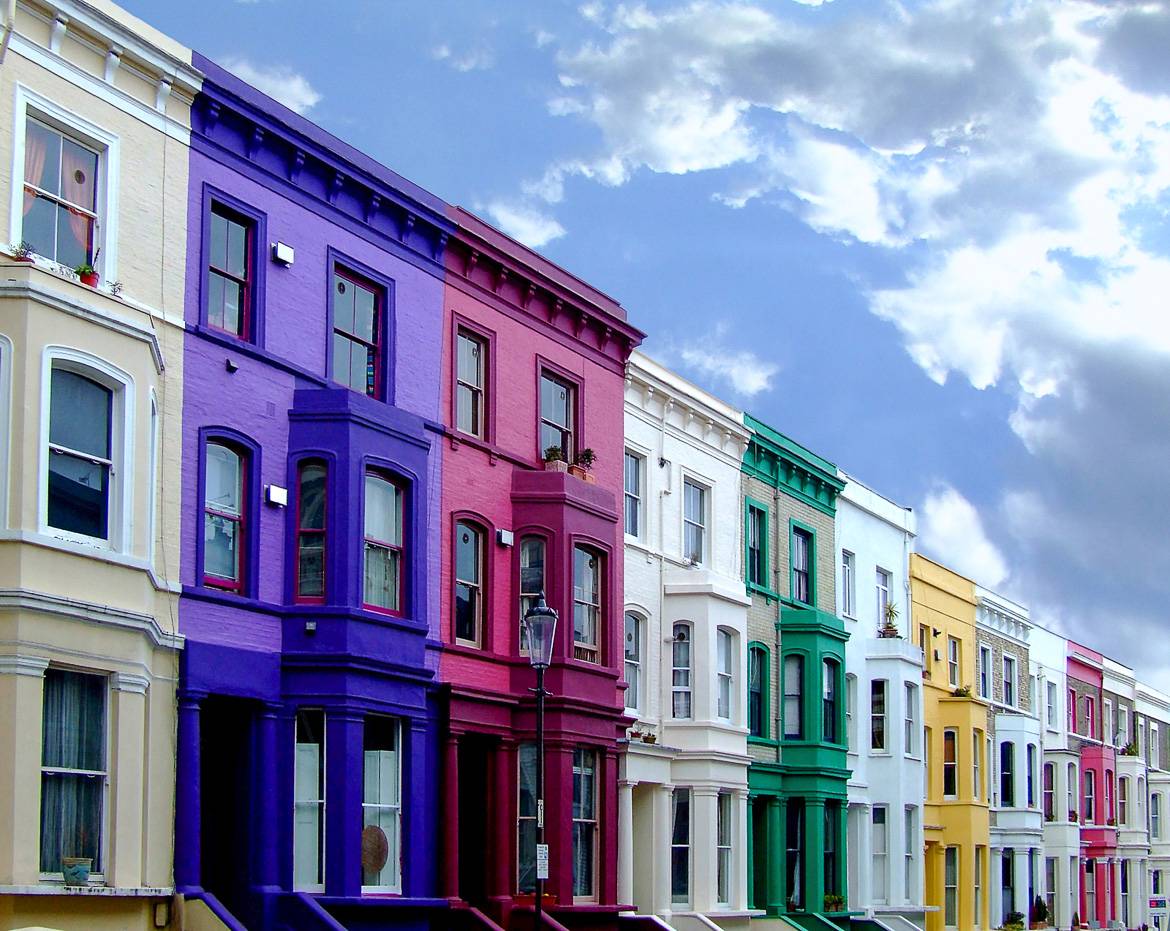
Floor numbering in London can be confusing to visitors from outside of Europe, especially since it differs from American floor numbers. Keep in mind that London buildings use the term “ground floor” to describe what people in the U.S. would call the first floor. In London, the first floor is one story above street level, therefore the first floor in London is equivalent to the second floor in the U.S., and so on.
Additionally, Londoners use the phrase “lower ground floor” to describe the basement. The lower ground level is partially underground, but lower ground floor flats are not dark cellars. They often have windows towards the front of the building and access to the terrace or garden areas in the back.
Exploring away from the city’s most trafficked areas
With our apartment rentals in London, tenants will get a taste of living like a local. Why not explore like one too? London is a large city with a lot to see, and not everything is in the city center. Though there are obvious must-see attractions for first-time visitors like Buckingham Palace and Westminster Abbey, there are also plenty of other gorgeous buildings, parks, and authentic boutiques to discover! We suggest a visit to Windsor Castle in Berkshire, the largest and oldest castle still in use in the world. There’s also Hampton Court in the London Borough of Richmond-upon-Thames, one of only two palaces owned by King Henry VIII that’s still standing. Ocean lovers should ride the train to Greenwich Maritime in Greenwich, London; the largest maritime museum in the world!
Asking for directions
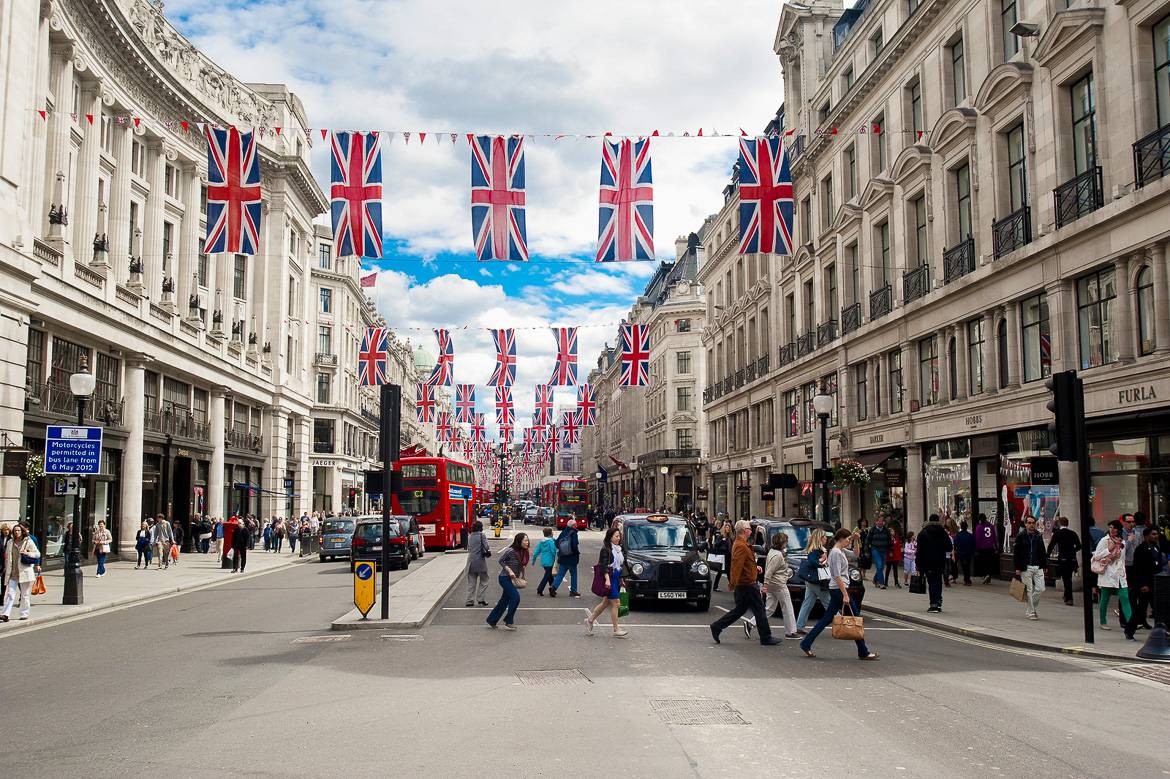
Don’t be afraid to ask for help when you need it! Though most Londoners are kind and helpful, calling a taxi driver for directions will probably yield the best results. Drivers have all passed a rigorous exam about the ins and outs of London streets, making them well-trained in the field. They also get experience criss-crossing the city all day long! Visitors may also want to watch our video tours of various London neighborhoods, such as this London video tour of Southwark. We hope it will familiarize you with the area and maximize your explorations!
Do you have an etiquette tip to add to the list? Let us know in the comments!

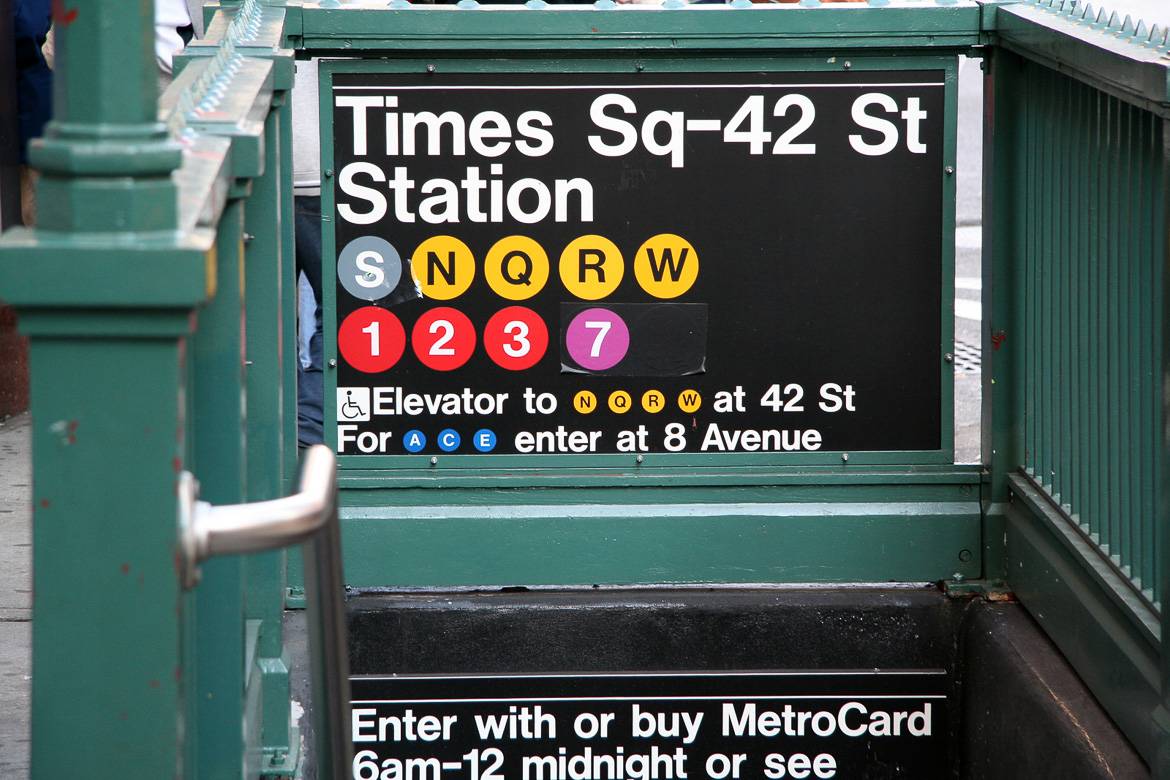

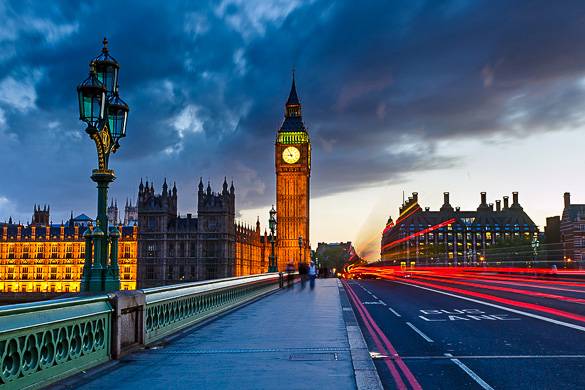

Last time when I was in London, I just stuck in all things. These tips will really help me. Special thanks for sharing tips for using public transportation.
it might be good te tell disabled people that the underground is hardly accessible, but there for the busses are free for people in a wheelchair. And all busses are accessible.
(As well as the busses in Paris!)
Thanks for your comment, we’ll take it into consideration to add to our basic tips.
Good tips! And good shout from Anke. London buses are all wheelchair and mobility accessible. There are priority seats for people less able to stand on buses and all types of train (underground, overground, national rail, DLR etc). If people are able to walk to another seat or to stand, these should be left vacant for someone with a greater need. Or if you need one, please ask as there is a good chance that it is occupied by someone who hasn’t read the signs! A polite ‘Could I please sit here?’ will generally do the trick. And if the person you ask doesn’t move, someone else generally will.